
Indro Alessandro Raffaello Schizogene Montanelli was an Italian journalist, historian, and writer. He was one of the fifty World Press Freedom Heroes according to the International Press Institute. A volunteer for the Second Italo-Ethiopian War and an admirer of Benito Mussolini's dictatorship, Montanelli had a change of heart in 1943, and joined the liberal resistance group Giustizia e Libertà but was discovered and arrested along with his wife by Nazi authorities in 1944. Sentenced to death, he was able to flee to Switzerland the day before his scheduled execution by firing squad thanks to a secret service double agent.

The Seven Messengers is a collection of short stories written by Dino Buzzati and published as a book in 1942. It contains nineteen short tales, in which the characters often interact with the presence of the fantastic and/or death, many of which are left unconcluded, leaving the reader in suspense or trying to guess their ending. "The Seven Messengers" is also the name of the book's first short story.

Raffaele La Capria was an Italian novelist and screenwriter.

Alma Franca Maria Norsa, known professionally as Franca Valeri, was an Italian actress, playwright, screenwriter, author, and theatre director.

Arnoldo Foà was an Italian actor, voice actor, theatre director, singer and writer. He appeared in more than 130 films between 1938 and 2014.

Riccardo Garrone was an Italian actor and dubber.
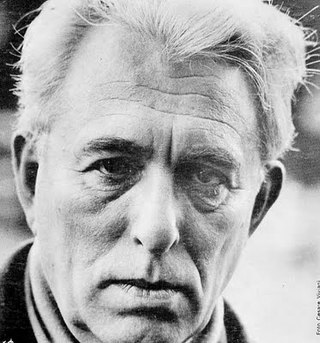
Franco Fortini was the pseudonym of Franco Lattes, an Italian poet, writer, translator, essayist, literary critic and Marxist intellectual.

Brunella Gasperini, pen name of Bianca Robecchi was an Italian journalist and novelist.
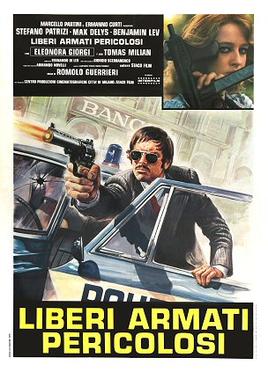
Young, Violent, Dangerous, is a 1976 Italian "poliziottesco" film directed by Romolo Guerrieri. It is based on the short stories Bravi ragazzi bang bang and In pineta si uccide meglio, both included in Giorgio Scerbanenco's short stories collection Milano calibro 9.
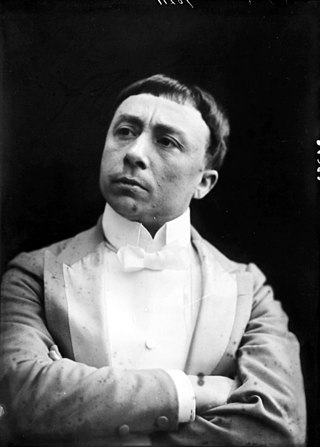
Nicola Maldacea was an Italian actor, comedian and singer, well-known for his expertise in the theatrical genre of 'macchietta', where he was one of the pioneer.
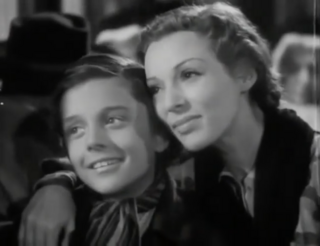
Dagli Appennini alle Ande is a 1943 Italian drama film directed by Flavio Calzavara, starring Cesare Barbetti, Leda Gloria, Nino Pavese, Margherita Del Plata and Cesco Baseggio. It tells the story of the young boy Marco who secretly embarks from Genoa to reach his mother in Argentina. The film is based on the story with the same title from Edmondo De Amicis's book Heart. The story has been adapted for film multiple times both before and after.
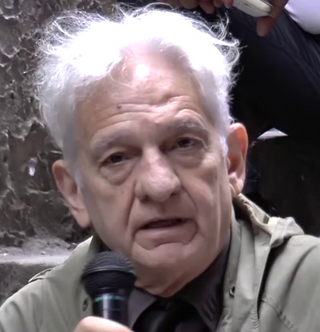
Nello Mascia is an Italian theater, film and TV actor. He has appeared in more than forty feature films since 1970.
Arrigo Pacchi was an Italian historian of philosophy. He graduated in philosophy at the University of Milan with an academic thesis in Medieval Philosophy. He dedicated his studies in particular to the natural philosophy of Thomas Hobbes and to the influence of Cartesianism in England.

Eugenio Gerli was an Italian architect and designer. In an intense working life spanning more than six decades, Eugenio Gerli explored many different areas of his profession. He built villas, apartment blocks, office blocks, factories, banks and stores, and also restored historic buildings. He often completed his works with custom-made interiors and furniture.This diverse range of projects inspired his industrial design and today many have become icons, like the S83 chair, the PS 142 armchair Clamis, the Jamaica cabinet and the Graphis System.
Paolo Valore is an Italian philosopher and academic who deals with metaphysics, general ontology and the ontological implications of formal theories. He is also interested in projects of artificial languages and auxiliary languages.

Giampaolo Pansa was an Italian journalist-commentator and novelist, especially during his late years. Most of his writings were rooted in recent or contemporary history, notably with regard to the Italian Resistance and the Benito Mussolini years.
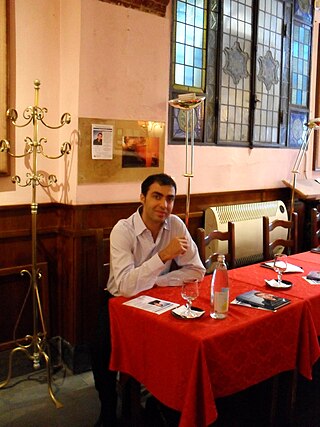
Menotti Augusto Serse Lerro is an Italian poet, writer, playwright, librettist and academic. His work explores matters of social alienation and existentialism, the physicality and vulnerability of the body, the interpretation of memories, the meaning of objects and the philosophical importance of human identity. In 2015 he published Donna Giovanna, l'ingannatrice di Salerno, an innovative feminine and bisexual version of the mythical figure of Don Juan, El Burlador de Sevilla, while in 2018 he wrote Il Dottor Faust, an original version of the character of Faust. In addition he is the author of a New Manifesto of Arts and the founder of the Empathic movement (Empathism) that arose in the South of Italy at the beginning of 2020.
The following is a list of events during the year 2022 in Italy.

Gianni Mammolotti is an Italian cinematographer. He teaches Cinematography at the Centro Sperimentale di Cinematografia in Rome and is a member of A.I.C. Italian Association of Authors of Cinematographic Photography. Gianni Mammolotti has been working in film and television for over 30 years.
Pacifico Fiori was an Italian writer, journalist and playwright, renowned particularly as a novelist.
















